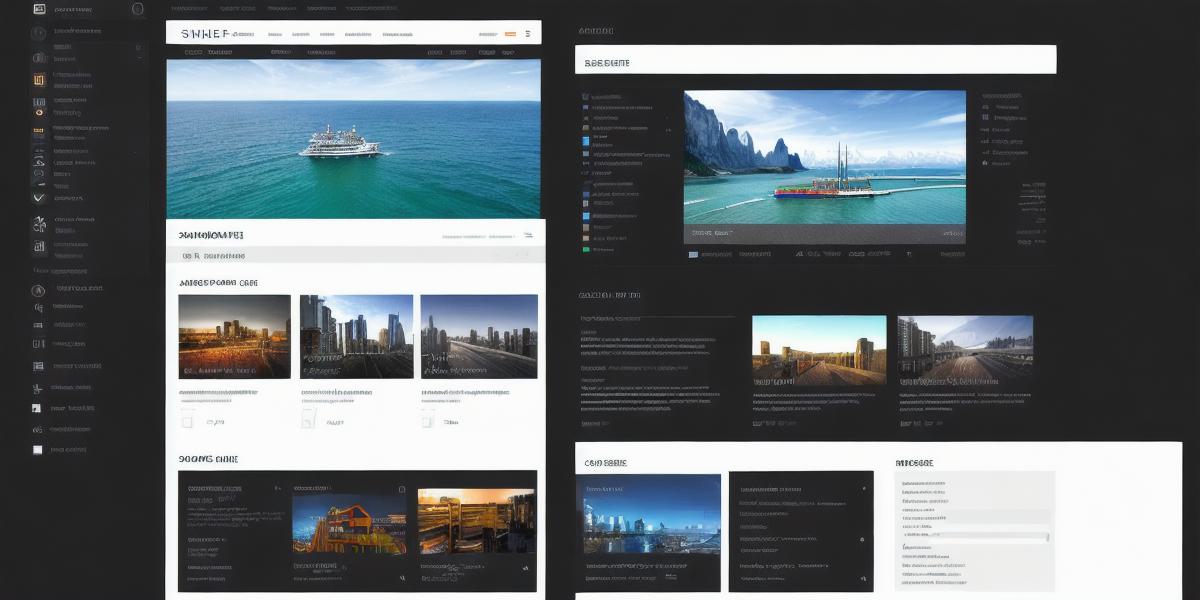Web Component Development using Java: The Ultimate Guide for Web Developers
Introduction
Web component development using Java is becoming increasingly popular among web developers due to its numerous benefits, such as improved performance, scalability, and maintainability. In this article, we will explore the various aspects of web component development using Java, including best practices, tools, and techniques. We will also delve into real-life examples and case studies to illustrate how this technology is being used in the industry.
The Benefits of Web Component Development using Java

Performance: Web components are designed to be lightweight and fast-loading, which results in better performance for your web applications. They can also reduce server load by allowing data to be cached locally on the client-side.
Scalability: Web components are highly scalable, making them an ideal choice for large-scale web applications. They can be easily integrated with other technologies and frameworks, such as React or Angular, to create powerful and flexible web applications.
Maintainability: Web components are highly modular and can be easily maintained and updated without affecting the rest of the application. This makes it easier to keep your web applications up-to-date with the latest technologies and best practices.
Best Practices for Web Component Development using Java
When developing web components using Java, there are several best practices that you should follow to ensure that your code is maintainable, scalable, and performant. These include:
- Use a Modular Architecture: A modular architecture allows you to develop and maintain individual web components independently of the rest of the application. This makes it easier to update and scale your web applications as needed.
- Follow the Single Responsibility Principle (SRP): The SRP states that each web component should have a single responsibility or job. This makes it easier to understand and maintain your code, as well as reuse components across different parts of your application.
- Use Dependency Injection: Dependency injection allows you to inject dependencies into your web components at runtime, rather than hard-coding them into the component itself. This makes it easier to test and update your code, as well as making it more flexible and maintainable.
Tools and Technologies for Web Component Development using Java
There are several tools and technologies available that can help you with web component development using Java. These include:
- Spring Boot: Spring Boot is a popular framework for building web applications using Java. It includes built-in support for web components, as well as a range of features for developing scalable and maintainable web applications.
- React: React is a popular JavaScript library for building user interfaces. While it is primarily used with JavaScript, it can also be used with Java through the use of web components.
- Angular: Angular is another popular framework for building web applications. It includes built-in support for web components, as well as a range of features for developing scalable and maintainable web applications.
Real-Life Examples of Web Component Development using Java
Web component development using Java is being used in a wide range of industries to build powerful and flexible web applications. Some examples include:
- Netflix: Netflix uses web components to develop its streaming video platform, which allows users to watch videos on their TVs or computers. The platform is highly scalable and maintainable, with individual web components responsible for specific parts of the application.
- IBM Watson: IBM Watson uses web components to develop its machine learning platform, which provides developers with a range of tools and services for building intelligent applications. The platform is highly modular, with individual web components responsible for specific features and functions.
